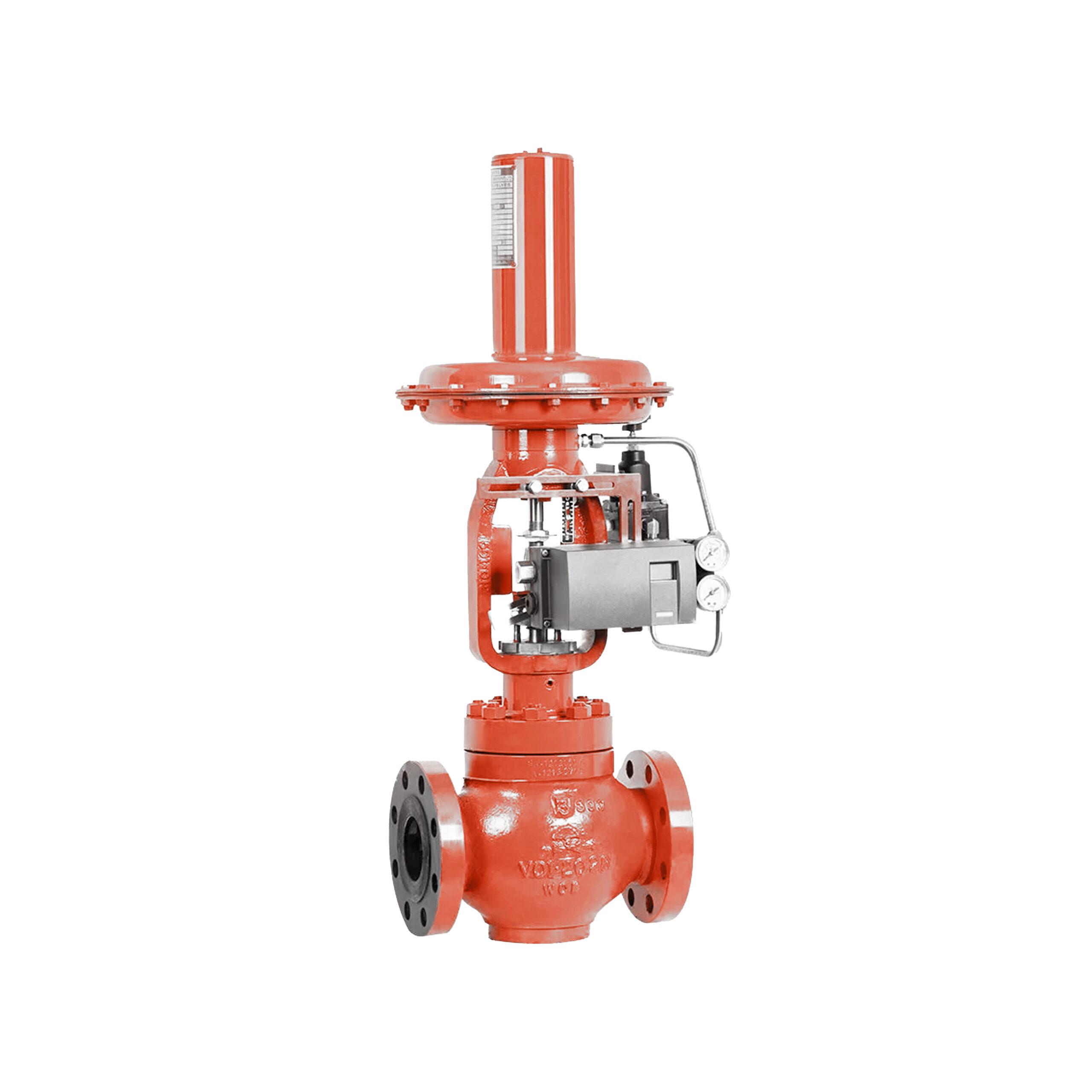How Control Valves Impact Energy Efficiency in Industrial Settings
How Control Valves Impact Energy Efficiency in Industrial Settings
Blog Article
Achieve Seamless Assimilation and Control With High Quality Building Automation Controls
In the realm of modern-day structure monitoring, the importance of top quality structure automation controls can not be overemphasized. Welcoming high quality building automation controls is not just a matter of comfort however a critical necessary for companies intending to maximize their facilities' efficiency and sustainability.

Advancement of Structure Automation Controls
Throughout the past few years, the advancement of developing automation controls has actually considerably changed the means buildings are managed and operated. Originally, constructing automation systems primarily focused on basic features such as managing heating, ventilation, and air conditioning (HVAC) systems. Nevertheless, as modern technology advanced, these controls have ended up being extra innovative, permitting a broader variety of building systems to be integrated and taken care of centrally.
The evolution of developing automation controls has actually seen a change towards even more intelligent systems that can adjust to changing problems in real-time. This adaptability is important for enhancing energy effectiveness and guaranteeing owner comfort. In addition, modern building automation controls now use features such as predictive upkeep, remote monitoring, and data analytics, making it possible for center managers to make data-driven decisions to enhance building performance.

Benefits of High Quality Integration
The advancement in building automation manages in the direction of more intelligent systems has actually underscored the significant advantages of high quality integration in maximizing building procedures and enhancing general efficiency. This centralized control also gives better visibility and understandings into building efficiency, making it possible for positive maintenance and optimization strategies. On the whole, the advantages of high quality integration in structure automation controls are indisputable, offering enhanced efficiency, comfort, and functional efficiency.
Enhanced Customer Experience and Access
Enhancing customer interaction with structure automation regulates with user-friendly style and improved availability raises the general experience for residents and center supervisors alike. By focusing on individual experience, constructing automation systems can come to be more efficient and straightforward. Intuitive user interfaces, clear navigation, and adjustable setups equip customers to communicate with the controls conveniently and successfully.
Availability functions play a crucial role in ensuring that all people, consisting of those with handicaps, can utilize the structure automation regulates effortlessly. Including features such as voice commands, responsive switches, and color-contrasted displays can improve access and make the controls more inclusive.
Furthermore, enhanced customer experience brings about higher user satisfaction, boosted productivity, and much better decision-making. Passengers can change environmental settings according to their choices, while center managers can effectively monitor and manage structure systems - control valves. On the whole, prioritizing individual experience and availability in structure automation manages adds to a more productive and seamless structure setting for all stakeholders entailed
Lasting Practices Through Automation

Moreover, automation can promote the combination of renewable power sources such as photovoltaic panels or wind turbines into building procedures. By immediately changing energy usage based on the schedule of renewable power, buildings can further minimize their reliance on non-renewable sources. This smooth integration of sustainable methods not just benefits the environment yet also boosts the overall operational performance and cost-effectiveness of the building. Through automation, structures can straighten with modern sustainability goals and add to a greener future.
Future Trends in Structure Control Equipment
In expectancy of advancing technologies and developing sustainability methods, the trajectory of structure control systems is poised to accept ingenious options and transformative strategies. One popular trend forming the future of structure control systems is the boosted assimilation of Artificial find out Knowledge (AI) and maker discovering. These modern technologies make it possible for buildings to adapt in real-time to transforming problems, maximizing power consumption and boosting comfort for owners. Additionally, the Web of Things (IoT) is revolutionizing structure control systems by linking gadgets and sensors to boost and enhance procedures efficiency.
An additional crucial trend is the focus on cybersecurity measures to secure versus prospective threats to building automation systems. As buildings come to be more interconnected, making sure durable cybersecurity protocols will certainly be vital to protect delicate information and protect against unapproved accessibility.
Furthermore, the change in the direction of cloud-based systems is obtaining momentum, enabling streamlined control and remote accessibility to structure systems. This helps with less complicated monitoring, maintenance, and updates, boosting the overall efficiency and flexibility of building control systems. As modern technology proceeds to advance, these patterns are expected to form the future landscape of structure automation controls, driving advancement and sustainability in the developed environment.
Conclusion
Future fads in building control systems are most likely to concentrate on further improving automation capabilities for enhanced power efficiency and general efficiency. It is necessary for building owners and drivers to prioritize the adoption of top quality structure automation controls to maximize building operations and attain long-lasting sustainability goals.
In the world of modern-day building management, the importance of quality structure automation controls can not be overstated. In general, the evolution of structure automation controls proceeds to drive innovation in the structure monitoring industry, using brand-new opportunities for developing smarter and more lasting buildings.
The innovation in building automation regulates towards even more intelligent systems has emphasized the significant advantages of high quality assimilation in maximizing structure procedures and improving general effectiveness. On the whole, focusing on user experience and access in blog structure automation regulates contributes find out here now to a more productive and smooth structure atmosphere for all stakeholders included.
It is necessary for structure owners and drivers to focus on the adoption of quality structure automation regulates to enhance building procedures and accomplish long-term sustainability objectives. - control valves
Report this page